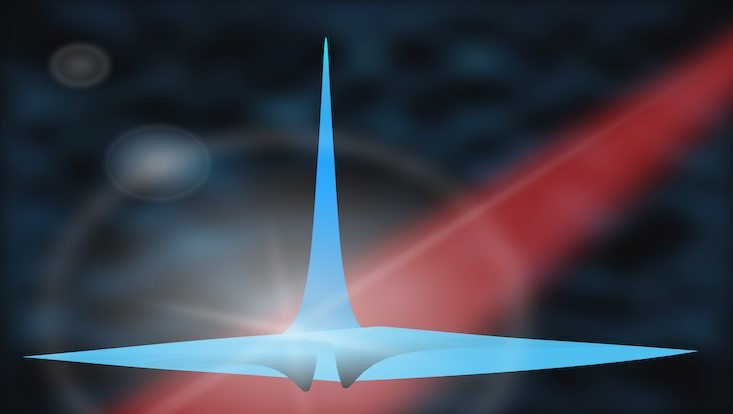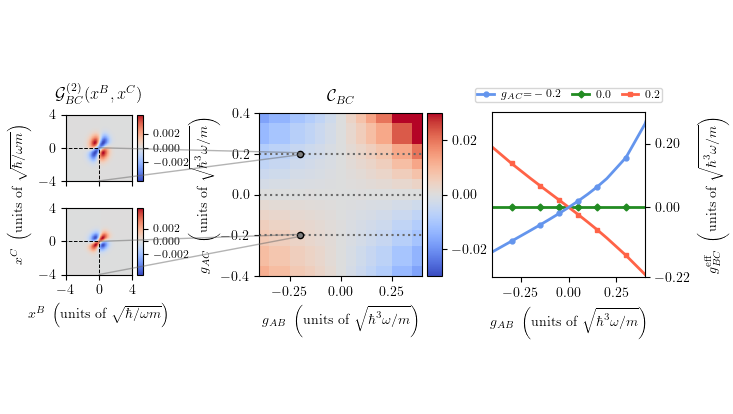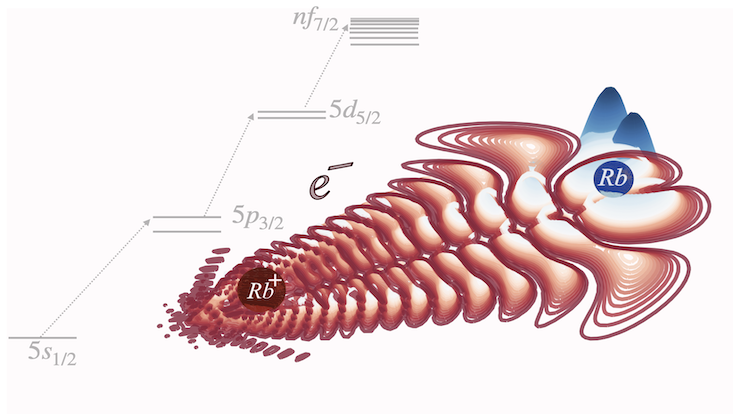Quantum Physics
Discovery of Peregrine solitons in Bose-Einstein condensates
22 January 2024

Photo: AG Schmelcher
Off shore, deep-water wave phenomena can give rise to extreme wave events known as rogue waves -- monstrous walls of water that appear and disappear without a trace. The sighting of such events was always considered mere exaggerations to enrich sailors' stories but, without going any further from reality, encounters with rogue waves are more frequent than one would expect and a thread to maritime structures, vessels, and the lives of those onboard. The Peregrine soliton (PS), a wave localized in time and space, is one of the most celebrated candidates to rogue waves, and its mathematical description has allowed us to bring these monsters to the lab for study, not only in water-tank experiments but also in nonlinear optics and ultracold atoms.
In this work, we experimentally realized the PS in a two-component repulsive Bose-Einstein condensate (BEC).
Until now, the PS remained elusive within ultracold atoms due to its modulationally unstable background, its spatiotemporally localized and 1D nature, and the collapse of attractive BECs above a particle threshold. While the 1D nature of the PS can be accessed by confining the BEC in a quasi-1D trapping potential, to overcome the instabilities of the system we relied on the effectively attractive dynamics of the minority component provided by a highly particle-imbalanced mixture in the immiscible regime. Additionally, we employed a weak potential well to seed in a controllable fashion the formation of the PS. Our experimental findings are corroborated by 3D simulations of the experimental setup and further 1D analyses of its evolution dynamics.
Publication
A. Romero-Ros, G. C. Katsimiga, S. I. Mistakidis, S. Mossman, G. Biondini, P. Schmelcher, P. Engels, and P. G. Kevrekidis
“Experimental realization of the Peregrine soliton in repulsive two-component Bose-Einstein condensates ”


